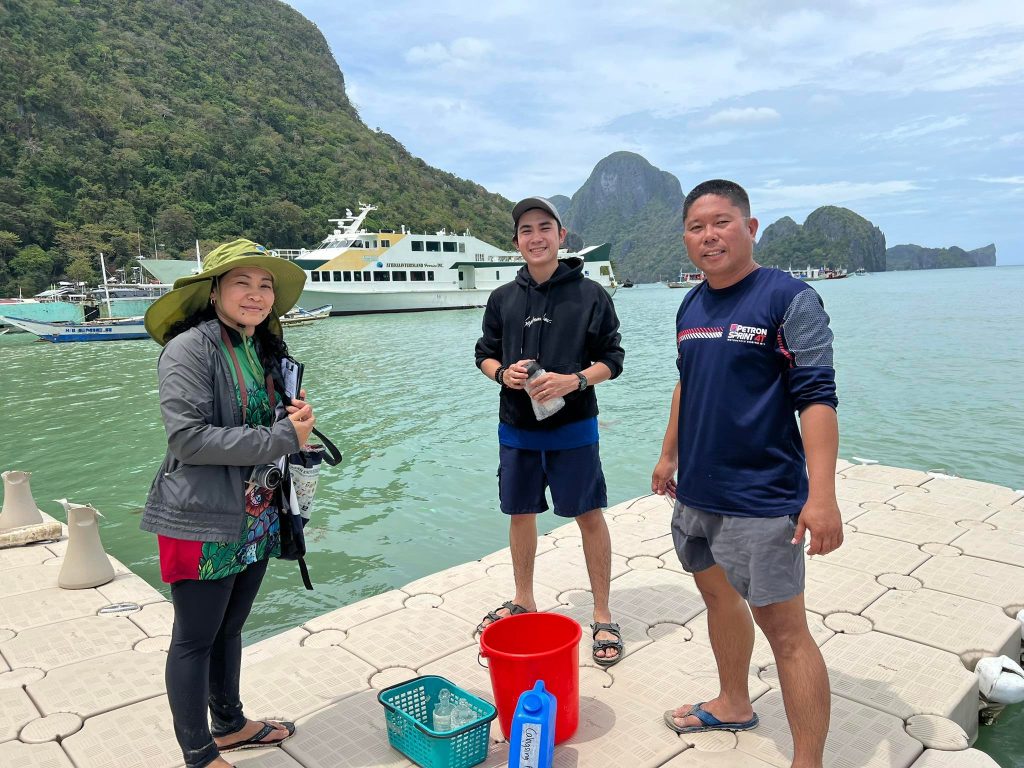
The water quality monitoring seeks to determine the levels of sedimentations, pathogens, and organic matter in bodies of water studied and analyzed at the PCSDS Environmental Laboratory.
As part of its monitoring and assessment of river quality in Palawan, the PCSDS EMED collected water samples from Magara River located in the municipality of Roxas; Ibangley River and Abongan River in Taytay; and Inandeng River in San Vicente.
Also collected were water samples off the coastal areas in four (4) stations of Long Beach located in San Vicente, four (4) stations of Bacuit Bay in El Nido, and beside the public market and wharf/pier in Poblacion, Taytay.
In Puerto Princesa City, the collection of water samples was also performed in Bacungan River and Irawan River.
Aside from keeping track of the status and condition of the rivers and coastal areas in Palawan, the water quality activity will also help establish trends so as to inform people and local communities in the possible occurrence or growth of harmful bacteria or pathogens which may otherwise cause contamination and harm to humans, among others.
The water samples will be analyzed based on pH level, Color, Total Suspended Solids, Total Dissolved Solids, Biochemical Oxygen Demand, Dissolved Oxygen, Fecal Coliform, Oil and Grease, Settleable Solids, Nitrates, and Phosphates.
The water quality monitoring is part of the activities under the ECAN Monitoring and Evaluation System (EMES), which is a support mechanism in the implementation of the SEP for Palawan. EMES assesses changes in ecosystem condition.
The result of the water-monitoring will also be furnished to the local government units in the province. It is also included in the ‘State of Environment of Palawan’ report which is published every five years.
